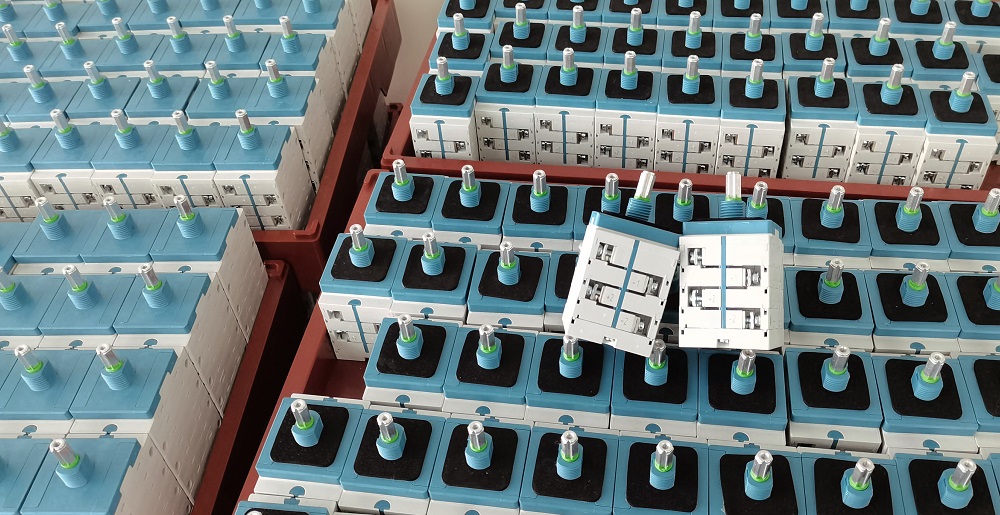In recent years, the quality problems of PV power stations have erupted, besides the PV modules and inverters may cause problems, the DC isolation switches also play a vital role in the operation of PV power stations. The reliability and stability of the PV DC switch is not only related to the safe and reliable operation of the PV power distribution system, but also related to the stable power generation and income of the PV industry. Therefore, how to select a right DC switch is particularly important.
In 2014, the recall storm of the Australian PV DC switch allowed power station investors to see the importance of PV DC switches. In China, fires disasters in power stations caused by switches also happen occasionally.

Several standards of how to select the right DC isolation switches. The following standards can be used as reference:
Choose big brands, especially those that have passed international certification. PV DC isolation switches mainly have European certification IEC60947-3 (European common standard, followed by most countries in the Asia-Pacific), UL 508 (American general standard), UL508i (American standard for DC switches for PV systems), GB14048.3 (Chinese general standard) ), CAN/CSA-C22.2 (Canadian Common Standard), VDE0660.
Choose a DC isolation switch with good arc extinguishing function. The arc extinguishing effect is one of the most important indicators for evaluating DC switches. The good DC switches must have special arc extinguishing devices, which can be switched off on load. Generally, the structural design of the real DC switch is quite special. The handle and the contact are not directly connected. Therefore, the contact is not directly rotated and disconnected during the on-off process, but a special spring is used for connection. When the handle is rotated or moved to a specific point, all the contacts are triggered to "suddenly open", thus generating a very rapid on-off action, making the arc lasting relatively short. Aswich DC Isolation switch have the ability to extinguish the arc within 5 milliseconds.
High voltage and current resistance. The voltage of a general PV system may reach 1000V (600V in the United States), and the current that needs to be disconnected depends on the brand and power of the module, and whether the PV system is connected in parallel or multiple independent connections (multi-channel MPPT). The voltage and current of the DC switch are determined by the string voltage and parallel current of the PV array that needs to be disconnected. Refer to the following experience when selecting PV DC circuit breakers: Voltage = NS x VOC x 1.15 (Equation 1.1) Current = NP x ISC x 1.25 (Equation 1.2); NS-the number of battery panels in series; NP-the number of battery packs connected in parallel; VOC-battery panel open circuit voltage; ISC-short circuit current of battery panel; 1.15 and 1.25 are empirical coefficients. Generally, the DC switches of major brands can disconnect the system DC voltage of 1000V, and even design to disconnect the DC input of 1500V. Aswich Electrical.co.,Ltd focuses on DC switches for distributed PV systems, and can provide 50A, 1500V DC switches.
Complete product models. Generally, large brands of DC switches have a variety of models that can meet the needs of different occasions. There are external, built-in, terminals that can meet multiple MPPT inputs through series and parallel connections, with and without locks, and more suitable for a variety of installations. Ways such as Din-Rail installation (installed in the combiner box and power distribution cabinet), single hole and panel installation, etc.
Material flame retardant and high protection level. Generally, enclosure box, body material, or handle of the DC switch are all plastic, which has its own flame-retardant characteristics, and can usually reach the UL94 standard. The enclosure box or body of a good-quality DC switch can meet the UL94 V-0 standard, and the handle generally meets the UL94V-2 standard. Secondly, for the built-in DC switch inside the inverter, if there is an external handle that can be switched, the protection level of the switch is generally required to meet the test requirements of the protection level of the whole machine. At present, the most widely used string inverters (generally less than 30kW power level) in the industry generally meet the IP65 protection level of the whole machine, which requires the built-in DC switch and the tightness of the panel when the machine is installed. For external DC switches, if they are installed outdoors, they are required to meet at least IP65 protection level.
